
It was recently reported that California is using 31 percent less water today than it did in 2013. When you think about it, this milestone is actually part of a number of amazing developments in reducing the state's water consumption.
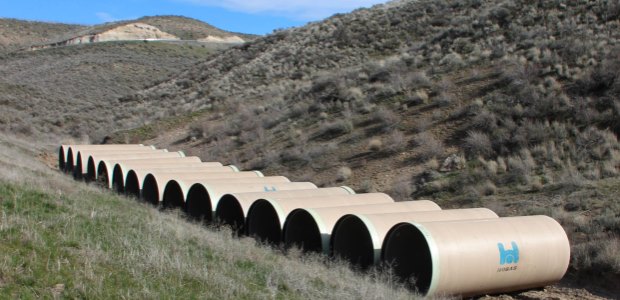
The Naches and its tributaries drain a portion of the eastern side of the Cascade Range, east of Mount Rainier and northeast of Mount Adams. In terms of discharge, the Naches River is the largest tributary of the Yakima River.

They are due by Sept. 25 for the prize, which has been bestowed by the Stockholm International Water Institute for the past 25 years for extraordinary water achievements.
Earlier this week, the EPA announced two new rule proposals for hazardous waste management that would help protect waterways without heavy restrictions on businesses.
McLean County's 9,500 residents are now served by five water systems, all of which nearing their functional life expectancy and struggling to meet the safe operating standards of federal regulations.
Catalina Island will defer, and possibly avoid, 50 percent water rationing with the expansion of a new GE Desalination System to produce up to an added 150,000 Gallons of water per day by treating the concentrated seawater from the existing desalination reverse osmosis system.
During the public meeting, DEP staffers will accept suggestions for criteria changes and additions as part of the upcoming triennial review for West Virginia's Water Quality Standards Rule, which the agency will propose in 2016 for consideration during the 2017 legislative session.
Honeywell has agreed to pay approximately $5.1 billion for the company, which has three divisions -- Elster Gas, Elster Electricity, and Elster Water -- and will post sales this year estimated to be $1.8 billion.
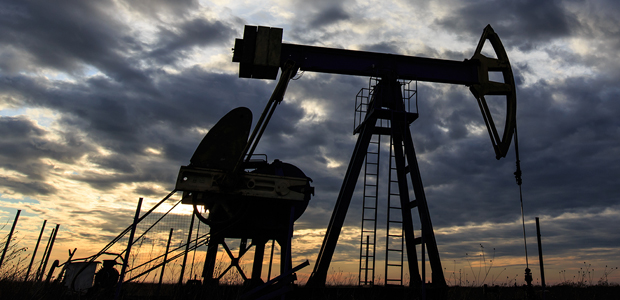
Linked to earthquakes, water contamination, and general pollution, fracking becomes more controversial by the day. Meanwhile, 13,000 new wells are being drilled every year. There have been over a thousand documented cases of water contamination next to areas of gas drilling—cases of sensory, respiratory, cardiovascular and neurological damage. From the water we drink to the ground beneath our feet, is it too late to ask, “What gives?”
A total of $16 million is available thanks to an appropriation by the state Legislature.
As of Jan. 1, 2015, the new reporting threshold is 300,000 gallons withdrawn from surface or groundwater sources in a 30-day period. The data collected is required to be reported to the department starting Jan. 1, 2016.
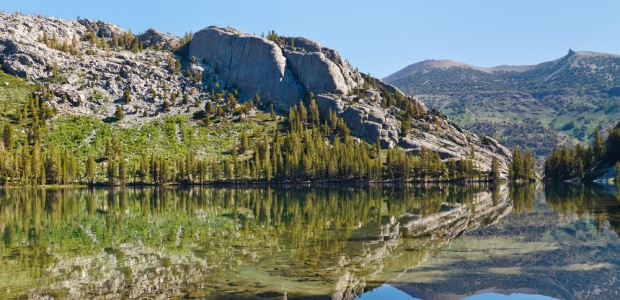
The Department of the Interior (DOI), Department of Agriculture (USDA), Environmental Protection Agency (EPA), National Oceanic and Atmospheric Administration (NOAA), and the U.S. Army Corps of Engineers (USACE) recently recognized three new collaborative landscape partnerships across the country, which will help prepare natural resources combat climate change.
The study presents evidence that EPA has been underestimating the public health benefits of controlling metals including arsenic and hexavalent chromium (which can increase the risk of cancer), as well as lead and mercury (which can cause brain damage) released by power plants into rivers, streams, and lakes.
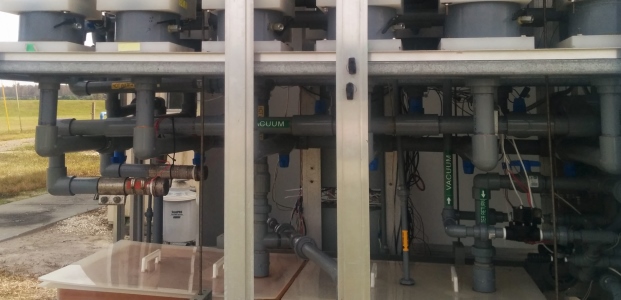
We need to start examining the processes within Water-Energy Nexus the same way we are examining HVAC efficiencies: at the molecular level, using nanotechnology.
The coalition's new briefing paper, "The New Wave of Water Innovation," touts the programs of five agencies around the country.
From May 3-9, agencies such as the Department of Environmental Protection in Pennsylvania and the Ohio EPA are honoring National Drinking Water Week.
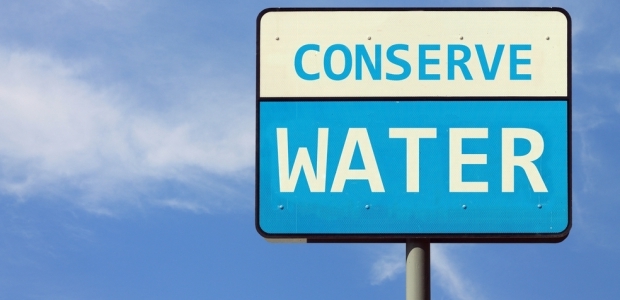
The U.S. Department of Agriculture (USDA) has announced a $235 million investment for improving water quality, drought prevention, and habitat protection through the Regional Conservation Partnership Program (RCPP).
A new survey reveals that 55 percent of American men and women are concerned about the quality of their tap water.
A global study underscores that rapidly deteriorating water quality – not just water quantity – is escalating a global water crisis. Innovative modeling of climate change, socio-economics and water quality trends indicates up to 1 in 3 people will be exposed to high risk of water pollution.
The train was carrying Bakken crude oil when it derailed, causing a fire as well as a spill into the Kanawha River, which threatened a municipal drinking water supply.